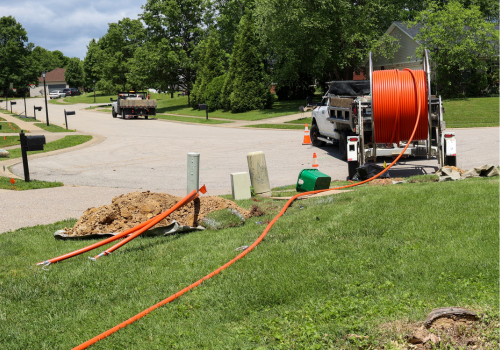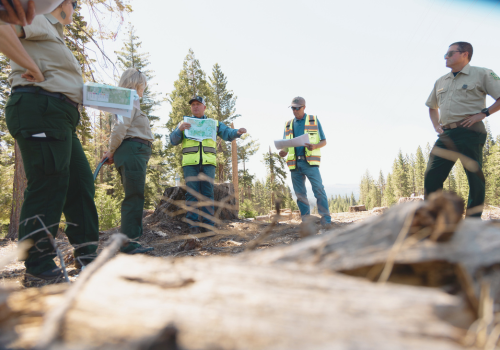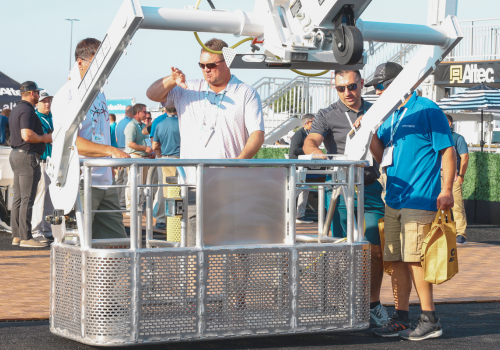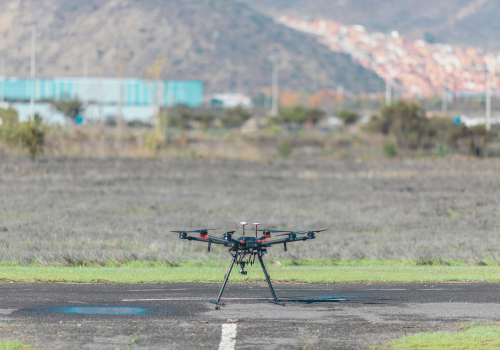If it seems your utility has been impacted by more disasters in recent years, you’re probably correct. In 2021, the U.S. experienced 20 separate billion-dollar weather and climate disasters, putting 2021 in second place for the most disasters in a calendar year, behind the record 22 separate billion-dollar events in 2020. But weather-related disasters aren’t the only thing keeping utility managers up at night.
“Cybersecurity is top of mind,” said Bronson Brown, Director of Safety and Operations Services, for the American Public Power Association (APPA). “It is a threat that is constantly evolving, so we need to help our members maintain a state of constant vigilance. Those who want to harm to the grid and/or energy providers are constantly looking for new angles of attack.”
The 2021 National Preparedness Report, from the Federal Emergency Management Association (FEMA), also identifies space weather (solar flares, radiation storms, and geomagnetic storms) as a systemic risk that can cause cascading impacts by disrupting or destroying technology and infrastructure critical to the Nation’s security and economy.
Both APPA and FEMA recommend Emergency Operations Plans (EOPs) employ an “all-hazards approach.” “This means that an organization can build capability and train personnel to perform functions that will help in any circumstance,” said a FEMA spokesperson. “Since it is impossible to plan for every disaster scenario, and all hazards, scalable approach allows you to adapt to the unique nature of the disaster scenario.”
FEMA updated its Comprehensive Preparedness Guide 101: Developing and Maintaining Emergency Operations Plans (CPG 101) in 2021. It applies to a broad base of public and private organizations. APPA’s All-Hazards Guidebook focuses specifically on helping public power systems develop All-Hazards Emergency Plans and Preparedness Programs.
According to FEMA, with ever-broadening coordination in incident response and new and more severe incidents occurring on the horizon, it is even more important to have an Emergency Operations Plan. This ensures utilities will understand how to work as a part of the community, creating a holistic effort when responding to an incident.
Emergency Operations Plan Checklist
1. Analyze risks and prioritize
An EOP is designed to prepare a utility for any disaster, but a risk analysis can compare and prioritize risks to determine which threats merit special attention in planning.
2. Identify capabilities
Identifying capabilities to build in your organization will help prioritize limited resources based on the highest probability or highest consequence threats. Capabilities can then be used to drive training schedules, exercise activities, and targets by which improvement activities are measured.
3. Define roles and responsibilities
An EOP should establish the lines of authority, the relationships between groups or departments, and determine how response actions will be coordinated. What is the chain of command from the frontline employee to the manager and beyond (board, city manager, etc.)? Ultimately, an EOP describes how the utility will respond to any emergency and who is in charge at any point during an incident. The plan should also address the authorities delegated to the person in command and the process for the transfer of command to another individual. A recommended response organization used by many utilities is the National Incident Management System (NIMS).
4. Explain communication and coordination between different entities
The EOP should detail how information will be communicated during an incident or crisis. An information-sharing process ensures all groups are continually planning from the same information during events.
Identify the groups you need to communicate with and the methods you will use to communicate. (phone, cell, text, social media, radio, fax, email, web conferencing, etc.) What will the timing and frequency of the messages be? How will you ensure consistency of the message? Can you share communication responsibilities with other organizations to amplify your message? As the owners and operators of key energy resources, utilities should engage with relevant external partners such as police and fire and participate in state and local energy assurance planning efforts.
5. Identify thresholds or triggers for response
The plan should indicate how individuals will be notified or response roles will be activated at the onset of an incident, or as the event escalates or transitions in complexity. This includes pre-incident planning calls for events with sufficient warning (for example hurricanes) as well as triggers to initiate a response and initial assessment.
6. Identify resources that may be used in the response effort
Resources to respond will include staff, including staff with specific skill sets, equipment, tools, fuel, and other supplies as well as options for obtaining additional resources in an emergency such as internal staff (cross-trained employees) contractors, emergency procurement, and mutual assistance. When there is an electrical outage that affects large portions of the U.S., utilities organize mutual aid. Mutual assistance is an essential part of the electric power industry’s service restoration process and contingency planning.
The Public Power Mutual Aid Playbook includes a national mutual aid agreement signed by more than 2,000 public power utilities and rural electric cooperatives, connecting utilities so they can help each other in times of need. Investor-owned utilities, who are members of EEI, coordinate their mutual assistance efforts at a regional level through seven Regional Mutual Assistance Groups (RMAG). The SPAREConnect Program provides an additional mechanism for Bulk Power System (BPS) asset owners and operators to network and possibly share transmission and generation step-up transformers and related equipment, including bushings, fans, and auxiliary components.
Longer-term power outages will require coordination with state, regional, and federal support and oversight. “Strong communication between utilities and their state coordinators ensures expeditious and organized responses to requests for assistance,” said Brown.
7. Incident action planning
Determine the formal process to determine what happened, how the response should be handled immediately and in the long term, as well as the resources required to make it happen. This process should be repeated until the incident is resolved.
8. Outline Demobilization Processes
An EOP should outline the processes and procedures for demobilizing from a response in an orderly way. The plan should identify the general prioritization of demobilization (e.g. mutual assistance crews before or after local crews) and ensure that all resources are returned in a “ready to use” state.
9. Conduct Exercises and Recaps
Drills, functional exercises, and full-scale exercises are beneficial to improve skills and to test the effectiveness of existing plans, as are real-life events. According to Brown, after every disaster response, a recap or “hotwash” should occur to revisit how the response was executed. “Evaluating whether plans were followed will often reveal opportunities for process improvement and refining of plans,” he said. “This step cannot be skipped.” Both FEMA and APPA also recommend plans be updated based on feedback received in this process.
Subscribe to The Utility Expo monthly newsletter to receive more industry insights like this.












